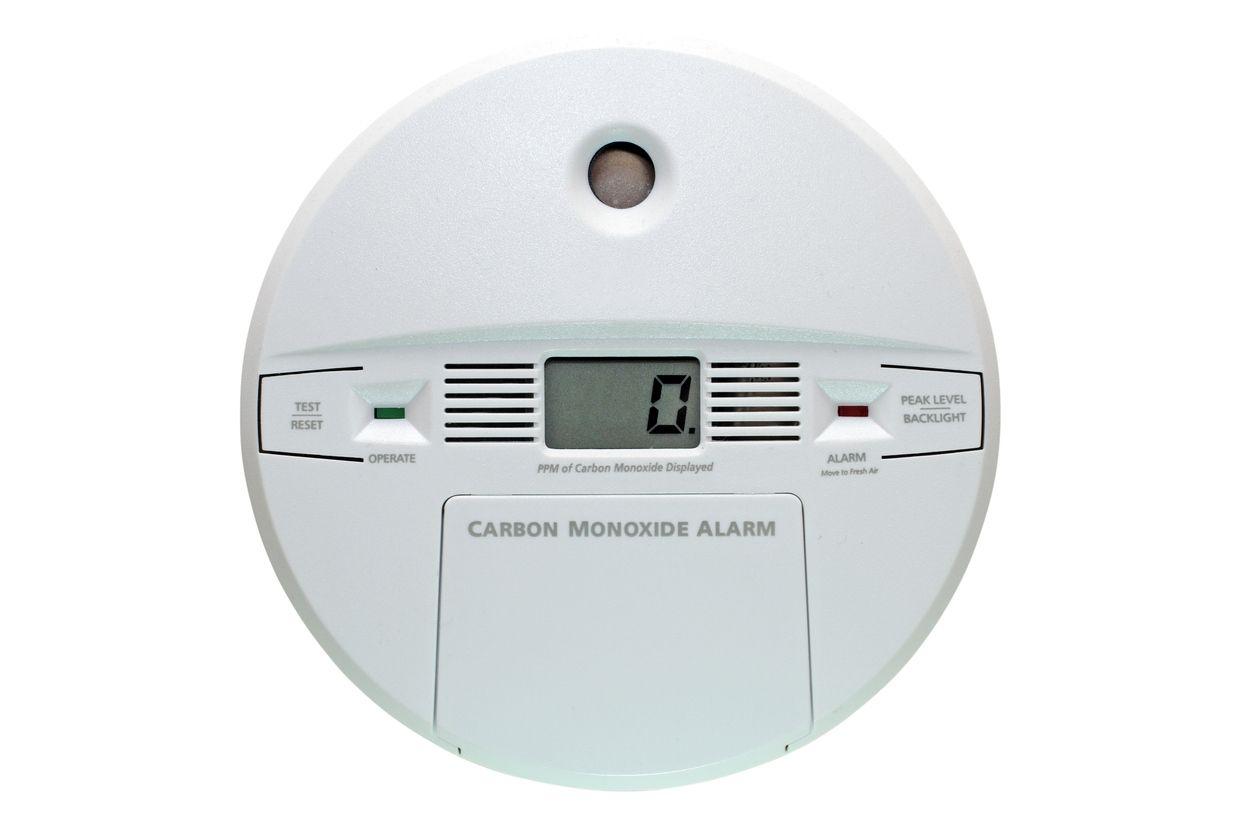Cracked Furnace Heat Exchanger: Signs and Prevention Tips

Your home’s furnace is a lifesaver when the temperature plummets during the depths of winter. But it can also be a source of danger if the furnace’s heat exchanger develops even the smallest of cracks which can release potentially deadly carbon monoxide.
To keep your family safe this winter from potential CO exposure, HVAC.com, your trusted advisor for all things HVAC, discusses common symptoms of a cracked heat exchanger and how to prevent it from occurring.
What Is a Furnace Heat Exchanger, and How Does It Work?
The heat exchanger serves as the heart of a furnace by providing heat to keep your home comfortable on even the coldest days of the year.
As your furnace burns fuel, typically natural gas, the combustion chamber generates extremely hot gases that flow through the heat exchanger and heat up its walls. As a fan blows cold indoor air over the heat exchanger, the air absorbs the heat from the walls and distributes the warm air via ductwork throughout your home.
A properly functioning heat exchanger is critical to ensure the air is heated in a safe manner without direct contact with combustion gases, which are vented safely outside.
Symptoms of a Cracked Furnace Heat Exchanger
If you notice any of the following signs of a cracked furnace heat exchanger, turn off your furnace immediately, exit your home, and contact a professional for assistance.
1. Strange Odors
Unusual or foul odors are the most common symptoms of a cracked heat exchanger, especially if you notice the odors while the unit is running a cycle. The smell of a cracked furnace heat exchanger often has a distinct chemical or formaldehyde-like odor.
2. Soot Buildup
The appearance of soot is an immediate red flag. Soot buildup on the heat exchanger, the interior of the furnace, or nearby walls is another common cracked heat exchanger symptom. Soot buildup typically appears as a black, powdery residue and is often a warning sign of incomplete furnace combustion due to a cracked heat exchanger or improper burner combustion.
3. Flu-Like Symptoms
Carbon monoxide poisoning is extremely dangerous and can lead to death in cases of continued exposure. According to the Centers for Disease Control and Prevention, about 420 deaths and 100,000 emergency room visits are recorded each year due to accidental CO exposure. Exposure to carbon monoxide can cause dizziness, nausea, headaches, and other flu-like symptoms. You should investigate the furnace as a potential source of your illness especially if more than one family member is sick.
4. Abnormal Flame
If you observe unusual patterns or color changes with the flame in your furnace’s combustion chamber, it could signal an issue with the heat exchanger such as a crack. Contact a professional if you observe a flickering yellow or orange flame instead of a steady blue flame.
5. Visible Cracks
Because a furnace’s heat exchanger is hidden out of sight, a professional HVAC contractor needs to inspect for signs of cracks or corrosion. In most cases, it’s more cost-effective and practical to buy a new furnace if the heat exchanger needs replacement due to the complex and labor-intensive nature of the process.
How to Prevent Issues with Your Home’s Heat Exchanger
To keep your family and pets safe from harmful carbon monoxide exposure due to a cracked heat exchanger, have your furnace maintained annually and install carbon monoxide detectors throughout your home.
Annual Furnace Maintenance
Furnace tune-ups should be performed once a year, preferably in the fall before you turn the system on for the first time. During a furnace maintenance visit, a technician will clean and calibrate necessary components and check the condition of essential parts including the heat exchanger. Since the heat exchanger isn’t easily accessible, fall maintenance is the most ideal time to check its condition. Catching small cracks or early signs of corrosion now can prevent a more dangerous situation down the road.
Install Carbon Monoxide Detectors
Carbon monoxide monitors detect the presence of carbon monoxide, even the smallest traces, and will sound an alarm when CO is detected. CO detectors should be installed on every floor of a home, including the basement, and within 10 feet of all bedrooms. According to the International Association of Fire Chiefs, carbon monoxide detectors should be replaced every five to 10 years.